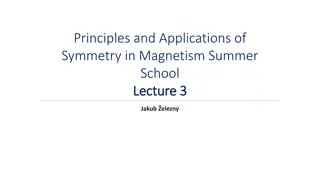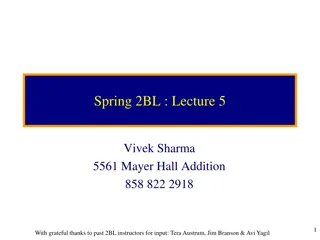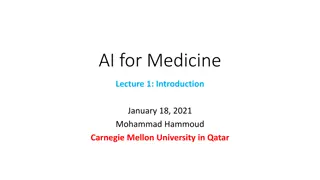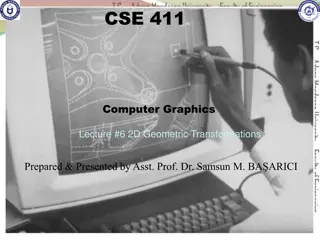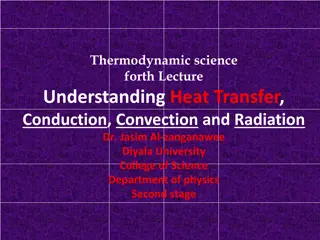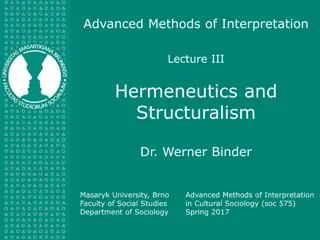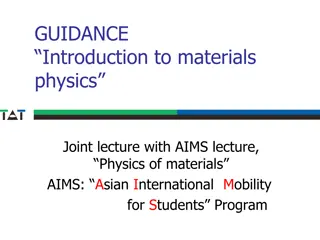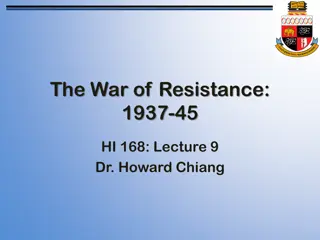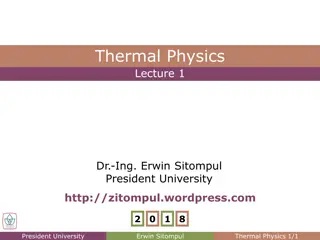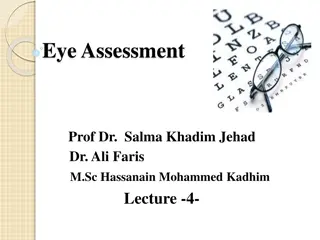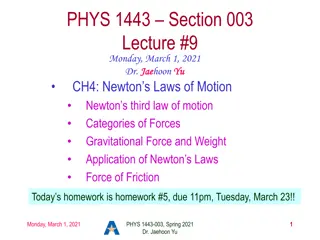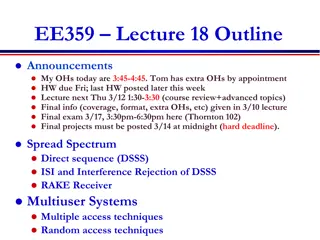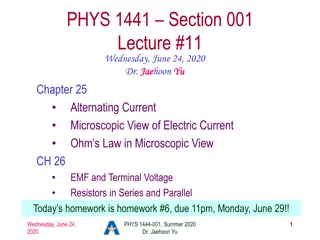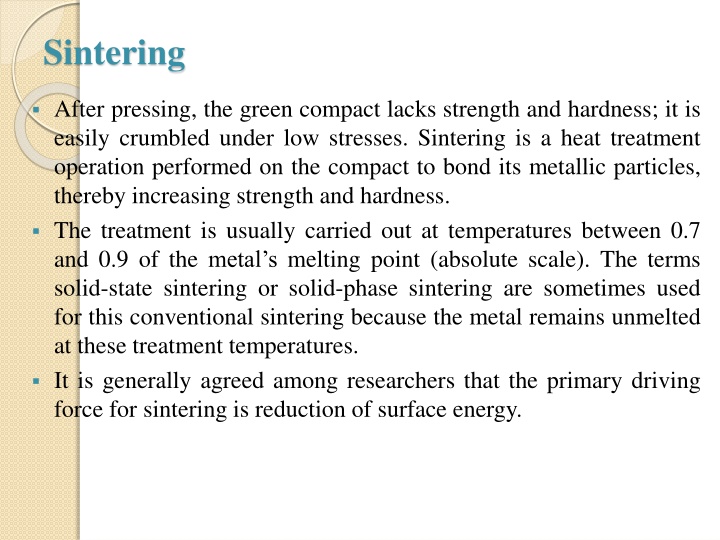
Sintering Process in Metal Manufacturing
Sintering is a crucial heat treatment operation in metal manufacturing that improves strength and hardness by bonding metallic particles. This process reduces surface energy through mass transport, creating bonds between particles and reducing pore sizes. Controlled atmospheres in sintering furnaces play key roles in oxidation protection, oxide removal, carburization, and binder elimination. Explore the mechanisms and significance of sintering in modern manufacturing practices.
Download Presentation

Please find below an Image/Link to download the presentation.
The content on the website is provided AS IS for your information and personal use only. It may not be sold, licensed, or shared on other websites without obtaining consent from the author. If you encounter any issues during the download, it is possible that the publisher has removed the file from their server.
You are allowed to download the files provided on this website for personal or commercial use, subject to the condition that they are used lawfully. All files are the property of their respective owners.
The content on the website is provided AS IS for your information and personal use only. It may not be sold, licensed, or shared on other websites without obtaining consent from the author.
E N D
Presentation Transcript
Sintering After pressing, the green compact lacks strength and hardness; it is easily crumbled under low stresses. Sintering is a heat treatment operation performed on the compact to bond its metallic particles, thereby increasing strength and hardness. The treatment is usually carried out at temperatures between 0.7 and 0.9 of the metal s melting point (absolute scale). The terms solid-state sintering or solid-phase sintering are sometimes used for this conventional sintering because the metal remains unmelted at these treatment temperatures. It is generally agreed among researchers that the primary driving force for sintering is reduction of surface energy.
The green compact consists of many distinct particles, each with its own individual surface, and so the total surface area contained in the compact is very high. Under the influence of heat, the surface area is reduced through the formation and growth of bonds between the particles, with associated reduction in surface energy. The finer the initial powder size, the higher the total surface area, and the greater the driving force behind the process. The series of sketches in figure (1) shows on a microscopic scale the changes that occur during sintering of metallic powders. Sintering involves mass transport to create the necks and transform them into grain boundaries. The principal mechanism by which this occurs is diffusion; other possible mechanisms include plastic flow.
Shrinkage occurs during sintering as a result of pore size reduction. This depends to a large extent on the density of the green compact, which depends on the pressure during compaction. Shrinkage is generally predictable when processing conditions are closely controlled. Because PM applications usually involve medium-to-high production, most sintering furnaces are designed with mechanized flow-through capability for the workparts. The heat treatment consists of three steps, accomplished in three chambers in these continuous furnaces: (1) preheat, in which lubricants and binders are burned off; (2) sinter; and (3) cool down. The treatment is illustrated in Figure (7).
In modern sintering practice, the atmosphere in the furnace is controlled. The purposes of a controlled atmosphere include: 1. protection from oxidation, 2. providing a reducing atmosphere to remove existing oxides, 3. providing a carburizing atmosphere, and 4. assisting in removing lubricants and binders used in pressing. Common sintering furnace atmospheres are inert gas, nitrogen-based, dissociated ammonia, hydrogen, and natural gas. Vacuum atmospheres are used for certain metals, such as stainless steel and tungsten.
FIGURE (1): Sintering on a microscopic scale: (1) particle bonding is initiated at contact points; (2) contact points grow into necks ; (3) the pores between particles are reduced in size; and (4) grain boundaries develop between particles in place of the necked regions.
FIGURE (2): (a) Typical heat treatment cycle in sintering; and (b) schematic cross section of a continuous sintering furnace.
Table (1): Typical sintering temperatures and times are given for selected metals


